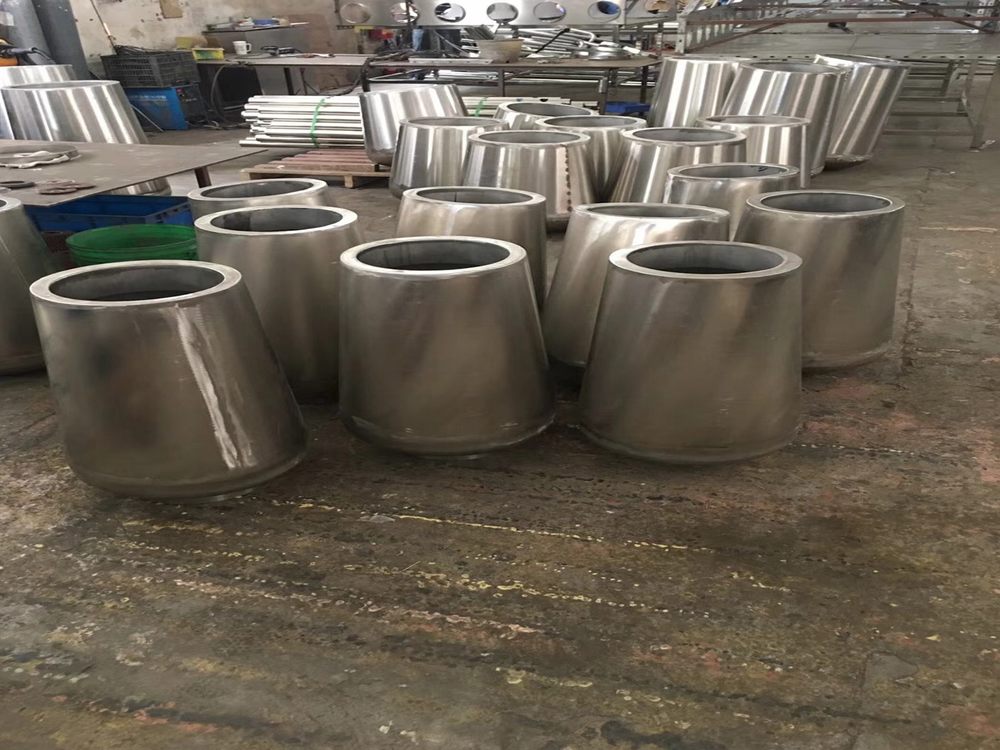
Wood carvers possess a unique ability to transform dense, heavy material into sculptures that appear to defy gravity. The illusion of weightlessness is achieved through a combination of meticulous craftsmanship and artistic ingenuity.
One key technique involves strategic thinning of the wood, especially in areas meant to appear light or floating. By carefully carving delicate, tapered edges and hollowing out sections, the sculptor reduces visual bulk while maintaining structural integrity. The play of light and shadow across these thin surfaces enhances the ethereal effect.
Another method is dynamic composition. Carvers often position elements in ways that suggest motion - upward curves, asymmetrical balances, or implied movement make static wood seem alive and airborne. The famous "floating ball within a cage" illusion demonstrates this principle perfectly.
Surface treatment also contributes significantly. A polished, reflective finish can make wood appear less dense, while intentional grain patterns that follow the sculpture's flow create visual lightness. Some artists even incorporate actual negative space as part of the design, allowing air to become part of the artwork.
Master carvers understand that true weightlessness is an optical illusion achieved through contrast - placing thin, delicate elements against solid bases tricks the eye. This dance between substance and void, between what's present and what's suggested, transforms ordinary wood into artworks that seem to float before our eyes.

